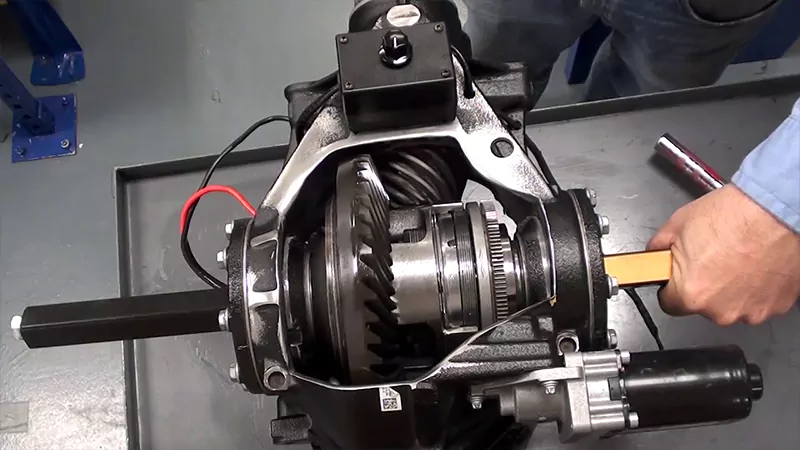Torsen differentials are a sophisticated type of limited-slip differential designed to improve traction and handling in vehicles. Known for their reliability and efficiency, Torsen differentials come in several variants, specifically Type A, Type B, and Type C. Each type has unique characteristics tailored to different applications and performance needs.

Torsen Type A
Torsen Type A differentials utilize crossed-axis helical gears. This design allows for high torque bias ratios, meaning the differential can transfer a substantial amount of torque to the wheel with better traction when the other wheel starts to slip. This capability makes Type A differentials particularly well-suited for high-performance and racing vehicles where precise torque distribution is critical. The ability to deliver a high torque bias ratio ensures that the vehicle maintains optimal traction and control even under extreme driving conditions.
Torsen Type B
The Torsen Type B differential features parallel-axis helical gears. While it offers a lower torque bias ratio compared to Type A, it excels in providing smoother and quieter operation. This characteristic makes Type B differentials ideal for passenger cars and light trucks, where a balance between performance and comfort is desired. The smoother operation ensures a comfortable driving experience without compromising on the traction and stability that Torsen differentials are known for.
Torsen Type C
Torsen Type C differentials integrate a planetary gear set into their design. This configuration combines the benefits of a traditional differential with the torque-sensing capabilities of a Torsen differential. Type C differentials effectively manage torque distribution while allowing for different wheel speeds, a feature particularly advantageous in all-wheel-drive (AWD) systems. This type of differential is often found in AWD and four-wheel-drive (4WD) vehicles, providing enhanced traction and stability across various driving conditions. The ability to adapt to changing conditions makes Type C differentials ideal for off-road and performance-oriented vehicles.
Conclusion
Each type of Torsen differential is designed to meet specific performance and operational needs. Torsen Type A differentials are best suited for high-performance and racing applications where high torque bias ratios are essential. Torsen Type B differentials provide a smoother and quieter operation, making them ideal for everyday passenger cars and light trucks. Torsen Type C differentials offer a versatile solution for AWD and 4WD systems, providing excellent traction and stability in diverse driving conditions. Understanding the differences between these Torsen differential types can help in selecting the right one for your vehicle’s needs, ensuring optimal performance and handling.



